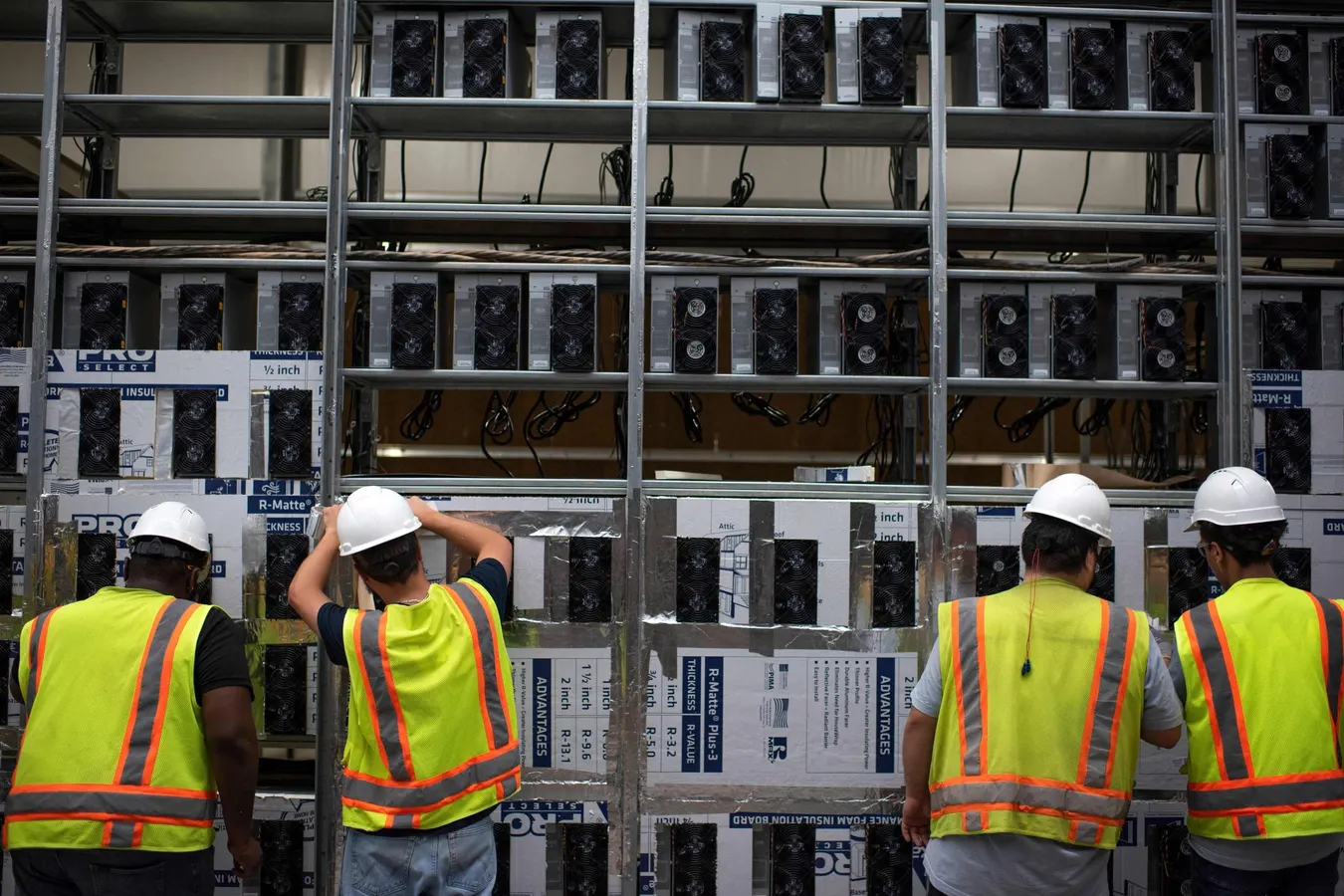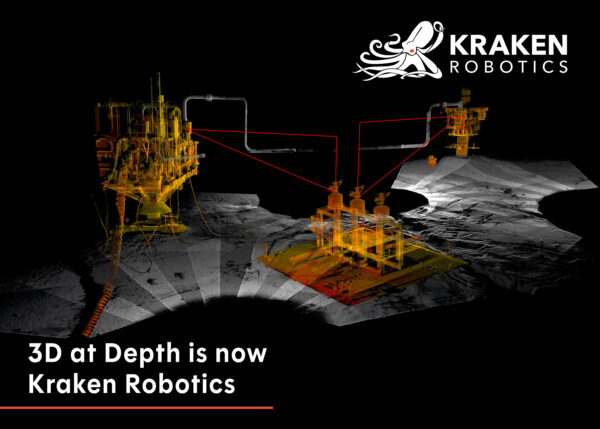Copyright forbes

Workers install a new row of Bitcoin mining machines at the Whinstone US Bitcoin mining facility in Rockdale, Texas, on October 9, 2021. (Photo by Mark Felix / AFP) (Photo by MARK FELIX/AFP /AFP via Getty Images) AFP /AFP via Getty Images Bitcoin mining is the foundation for securing the Bitcoin network and for supplying Bitcoin to the world. Now, countries around the world are looking to mine Bitcoin, using electricity to generate peer-to-peer money valued worldwide. A movement has emerged that aims to capture the heat generated by Bitcoin mining and recirculate it for residential and industrial use—heat reuse at scale from Bitcoin mining. This new movement calls itself the heatpunks - they derive their legacy from the cypherpunks that inspired Bitcoin in the first place by building systems in code that could enforce privacy online. The basic idea behind the heatpunk movement is quite simple: Bitcoin mining generates Bitcoin and heat. If you can capture the heat generated and use it to heat your home, you could earn Bitcoin and perhaps even make a profit on top of energy use you were already going to spend. The challenge has been that, up to now, mining chip manufacturers such as Bitmain have kept their designs close to the vest and have generally been more focused on making as much money as possible rather than spurring innovation. The lack of earlier progress in heat reuse from Bitcoin mining also has broader implications for Bitcoin mining at scale, including for Bitcoin mining now conducted by public companies in the United States. MORE FOR YOU Bitmain, the Chinese Bitcoin mining chip that still dominates market share for Bitcoin mining equipment, essentially "became the clear winner, because they managed to capture TSMC," according to Kenobi, Head of Business Development and Marketing with Demand Pool. TSMC produces the world’s most advanced computing chips—and Bitmain has long held an exclusive spot with them and had access to the latest chips including the latest generation of 3nm chips, though Jack Dorsey’s Proto company is now challenging that position - by partnering with a “leading global semiconductor foundry” for manufacturing and their exclusive 3nm design. The massive consolidation of Bitcoin mining chips has meant that devices shipped for consumer heating have been clunky at best. Bitmain and fellow manufacturer MicroBT are trying to optimize for their largest buyers —mining pools and industrial-scale miners. It also means they aren’t fully integrated with heating systems—for example. At the same time, space heaters were an easy win (and another Bitcoin mining chip manufacturer, Canaan, has some designs in this area), but those space heaters can’t integrate with your central heating and water heating. Now, Bitcoin miners are reusing heat from their mining operations and new companies are paving the way to integrate heat reuse more deeply. For example, Abundant Mines, an Oregon-based miner created a greenhouse that grew crops. Tyler Stevens, the CEO of ExergyHeat, is an organizer in the heatpunk space and is building a company that is looking to upgrade you to "heat that pays you." Stevens mentions projects like Constellation Mining’s pool heater and a company powering entire towns—from their post office to even an old bank—with Bitcoin. Companies like Heatbit let you mine Bitcoin while heating your home with their separate space-heater units. But all of this is still nowhere near the full potential of Bitcoin mining heat reuse. As Stevens explains, Bitcoin mining accounts for only about 1% of global energy expenditure on heating. As he puts it: "If 1% of comfort heating were converted to hashrate heating at the current estimated average mining chip efficiency of 25 J/TH, we'd add over 1 ZH/s to the network, effectively doubling its computational size." Or put more simply, if only 1% of the electricity used on generating heat around us went to Bitcoin mining, the amount of computing power dedicated to securing Bitcoin would double. When Stevens looked at the figures more closely, he realized that "half of the world's energy is used for heating." While Bitcoin miners weren't well-integrated (yet) for industrial heat, which requires higher-grading heating according to Stevens, even immediate applications for "comfort heating" – "keeping homes and businesses warm, getting hot water into homes and businesses" – consumed "a quarter of the world's energy." Stevens estimates that 7-8% of comfort heating is electric resistive, meaning that those people could "pay the same amount for heat, they would just get Bitcoin" quite rapidly. Critics have charged that Bitcoin mining is "waste". The idea has led to bans in countries like China due to concerns about Bitcoin mining's environmental impacts. Yet, Bitcoin mining’s ability to convert energy or reuse it makes it a versatile and undertapped part of the grid and a net converter of environmental waste into peer-to-peer value. To those who think Bitcoin mining is a massive waste—and to those who don’t understand the scale of the energy used for other purposes—the numbers quickly show how much more room Bitcoin mining has to grow, especially with proper support, and how heat reuse from Bitcoin mining can quickly become a geopolitical and energy advantage, while having no environmental consequences beyond current energy usage. A Geopolitical Advantage Countries that allow and encourage Bitcoin mining and the reuse of computing for heat will have a competitive advantage: put simply, they will be able to yield more from the electricity generated as heat by not allowing it to dissipate. AI data centers seldom have this capability: you need large sites with consistent uptime and tons of scale to do something similar—this doesn't fit the average person's house, of course. Bitcoin miners can be turned on and off; once turned on, they resume mining Bitcoin without missing a beat. They can fit in a house, and you don't need hundreds of them to make a meaningful difference. With this application, every country that embraces Bitcoin heating will gain a geopolitical advantage – its population will be able to generate heat while monetizing the underlying electricity. It doesn’t even matter what your opinion of Bitcoin’s value is in this context. Countries like China, which export Bitcoin mining chips but oppose Bitcoin mining for ideological reasons, suddenly no longer benefit, and the yield from Chinese electricity is worse for wear, with heating applications that run while generating no additional value beyond heating - and which don’t generate local tax revenue. A generation of engineering innovation in the field of compute heat reuse is also yielded to other countries due to the ideological rigour of China’s leadership class. Get Paid for Your Heat Distributed Bitcoin mining as heat also offers a reason for different people, perhaps people not even interested in Bitcoin at all, to embrace Bitcoin heaters. After all, why not install a heater that can actually save you money —or, in the future, give you a discount/refund? Customers may not have to know anything about Bitcoin if they can get devices that heat their spaces at a discount. And in the meantime, this also makes Bitcoin mining more distributed and decentralized, pushing out large industrial-scale miners and creating space for millions of households to contribute to the Bitcoin ecosystem, with incentives aligned across different stakeholders. It's not just households that stand to benefit, either. Up in Vancouver, Canada, the Kitsilano Pool is an iconic spot for families to relax and swim. Recently, however, according to MintGreen co-founder and CEO Colin Sullivan, the city of Vancouver has "banned fossil fuel-based heating". Over the last decade, "Kits Pool has operated for no more than 114 days in a calendar year," says Sullivan, and he and his heatpunk company MintGreen have the solution. MintGreen's Digital Boiler uses Bitcoin mining to provide heat. If you need to heat a space anyway, MintGreen ensures you can cover part of, or perhaps all of, the electricity consumed and even make a profit. "Given local energy prices, [MintGreen’s Digital Boiler] solution can provide low-carbon heating at a negative cost, meaning the Bitcoin earned through operating the heating system exceeds the cost of electricity consumed." The city of Vancouver could now heat Kitsilano Pool year-round with low-carbon electricity, cover the cost, and even make a profit on the whole deal. A New Way to Build the Strategic Bitcoin Reserve? Heating a pool is just one element of local infrastructure. How about applying that logic at a larger scale? As Stevens mentions, "[Bitcoin mining heat reuse] is the perfect way to get Bitcoin into the Strategic Bitcoin Reserve [...] in a tax-neutral way. How many government buildings are out there heating their space?" Countries that have disadvantages in electricity generation (where the United States has lagged China for several years) can suddenly gain advantages in how electricity is deployed. American Bitcoin mining chips and systems are getting rolled out with Jack Dorsey’s Proto with similar advantages as Bitmain of having a TSMC spot. New designs, companies and innovation allow for Bitcoin mining to form an unique underpinning for heating in countries willing to embrace it. There is now an unique moment for new technology that aligns with Bitcoin values, provides a geopolitical advantage for any country that embraces it and helps Bitcoin stay true to its mission of being person-to-person, peer-to-peer money. The heatpunks have arrived. Editorial StandardsReprints & Permissions



